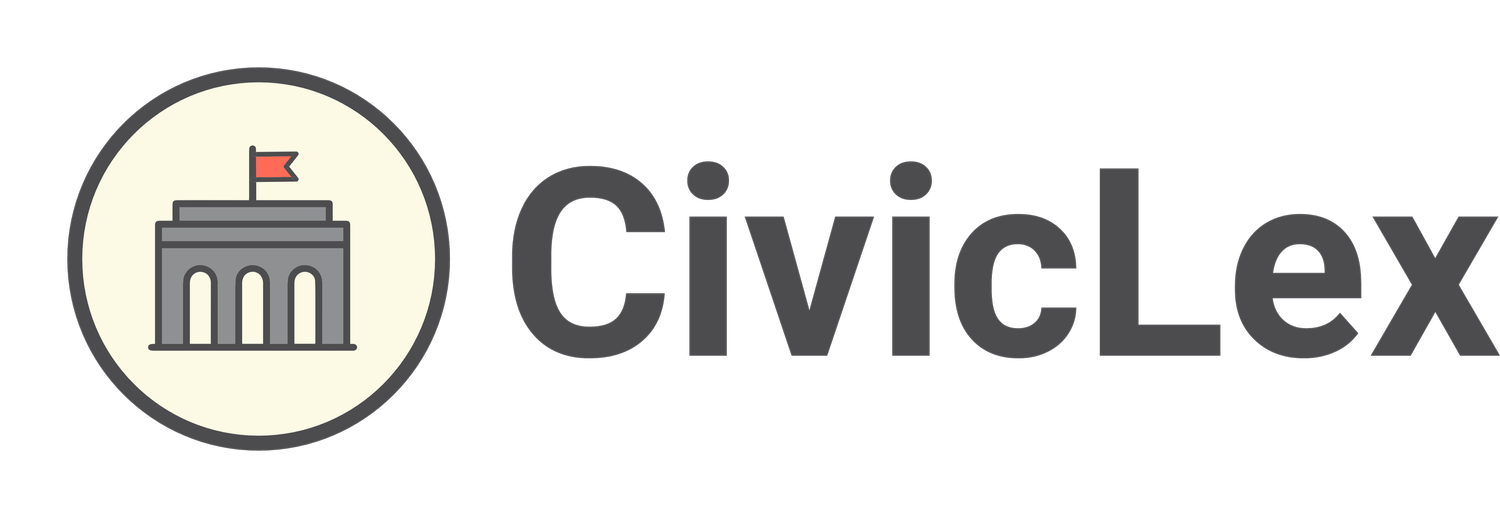The Urban Service Boundary
The latest on the Urban Service Boundary
In November 2023, Council voted to expand the Urban Service Area by 2,800 acres in five locations across Fayette County. The next step is to develop the Urban Growth Master Plan*, a document that will guide development, land use, and transportation in the new areas. The plan must be complete by December 2024 or an automatic expansion will be triggered.
*CivicLex is partnering with the planning and design firm TSW to gather public input for the Urban Growth Master Plan.
Draft Expansion Map
Right now, you can weigh in on how you would like to see the areas above be developed and what your priorities for the expansion process are.
📮 From the CivicLex Weekly
Learn more about the Urban Service Boundary
What is the Urban Services Boundary?
Lexington’s local government (LFUCG) governs a lot of different pieces of life in our city, from taxes to parks to snow plows. One of the most unique powers that LFUCG has is the control of something called the Urban Services Boundary, or USB for short. This boundary is a line around the city of Lexington that contains almost all new development of buildings inside of it - leaving the remainder of the county as rural, natural, or agricultural land.
The Urban Service Boundary controls the ability of land to be developed and receive city services like water and sewer. It is controlled via ordinance by the City of Lexington, and has been historically changed through the city’s Comprehensive Planning process.
If you have ever been driving along a major corridor like Versailles or Richmond Road and you suddenly start to see a lot more green, you have likely crossed to the other side of the USB.
What are some of the characteristics of the USB?
Fayette County as a whole is about 285 square miles. Approximately 30% of this land is inside the USB (about 85 square miles) and the other 70% is outside the USB (about 200 square miles)
Lexington was the first city in the country to establish a USB in 1958.
Most of the land outside the USB is in Council District 12, currently represented by Councilmember Kathy Plomin.
The USB was last expanded in 1996, when about 8 square miles of land were added to 3 new expansion areas, including the Hamburg Area.
Approximately 97% of Fayette County’s population lives inside the USB.
Why is the USB such a big topic?
Many individuals and groups in Lexington have strong feelings about the Urban Services Boundary. Some feel it should be kept at the same size, some think it should be expanded a little or a lot, and some want to get rid of it entirely. It is hard to summarize everyone’s personal opinions, but here are a few of the biggest topics that are brought up in conversations about the USB.
Rural and Agricultural Land Preservation- This is a big one. The original concept of the USB was to preserve agricultural and rural land from new developments, and the land outside the boundary currently contains around 35,000 acres of conserved land. Some argue that this land is vital to Lexington’s cultural identity and tourism economy, while others argue that we are protecting this land over providing for our residents.
Population Growth - Lexington/ Fayette County’s population grows every year, and as more and more people live in the city or county, they will need more and more housing, amenities, jobs, and space. Some argue that we need to expand the footprint of the city to accommodate the city - while others say we can fit many more people inside our existing footprint - which leads to conversations about…
Density and Sprawl - one of the main conversations about growth in Lexington is about whether to grow “up or out”. Some people prefer less dense living situations, including single family housing and space between lots. Others prefer reducing sprawl and increasing density, mainly through more multi-unit housing and mixed-use development (like a building with a store on the ground floor and apartments above it).
Housing Prices - It’s no secret that Lexington, along with the rest of the United States, is experiencing a serious affordable housing crisis. Some advocate that expanding the USB would allow more houses to be built, increasing supply and reducing demand (and therefore, prices). However, some disagree, arguing that expansion won’t guarantee that new homes will be affordable or have the community amenities to make them desirable. Instead, they may support other options for increasing the amount of housing available in Lexington, like infill and redevelopment of vacant properties.
The Economy - Some who are in favor of expanding the USB point out that doing so would add new businesses, housing, and amenities to Lexington, which would grow the economy and increase revenue to LFUCG. However, others point out that the current land outside the USB already has a significant economic impact, in the equine, agricultural, and tourism industries.
What is CivicLex’s stance on the Urban Services Boundary?
We don’t have one! CivicLex doesn’t advocate for or against specific issues. Our role in conversations about the USB is limited to providing information for residents, and sharing opportunities to make your opinion heard- no matter what your opinion might be! Whether you want keep the boundary, expand it, get rid of it, or redraw it, we want to help you understand the issue and speak up when decisions about it are being made.



